PMP – Beyond Self Actualization: Leading Change – Part 2
PMP – Beyond Self Actualization: Leading Change – Part 2
In part one of this article, I discussed the traditional theories of human and work motivation as provided by Taylor, Maslow, McGregor, Herzberg, and Ouchi.
Project management is about affecting positive change within the parameters of constrained time, cost, and scope. Professional project managers are tasked with meeting customer needs and management desires by guiding project contributors toward the project goal. At the beginning of the project, every stakeholder is at a different starting point, perceives a different path and different effort based on that starting point, and expects compensation in exchange for their contribution to the effort.
Attempts at understanding motivational theory are designed to simplify, or at least organize, the approach applied by operational managers toward achieving productive work contributions. The same theories apply to project management.
As we departed the generally failed corporate culture experiments of the 1980’s, temporary success was common but a few incredible, enduring, successful cultures emerged. Both the temporary successes (and their cause for failure) and the highly actualized cultures demanded additional investigation. Companies with successful cultures, like Disney, Nordstrom and FedEx; and more recently Zappos and Google, continue to be studied for their contributions to the field of motivational theory and productive change.
Business studies expanded in the fields of sociology, psychology, scientific/empirical investigation, intra and intergroup behavior (often historical), anthropology, political science, epidemiology, education, social work, business, and communication. The studies often merge at a common point. Behavior is a function of a person within an environment. Change the person, the environment, or the focus (function) applied and the individual behavior changes. Culture can influence the environment or the person.
The many sciences above have been studying the person since the period of the Greek philosophers. Attempting to quantify the characteristics that identify a person. Analytical efforts continue, although other than “I’m Right”, most people don’t share common thought patterns.
Personality Tests and Analysis Tools
- The Four Temperaments/Four Humours (Greek)
- Jung and Freud
- Myers-Briggs Type Indicator (Jungian)
- Minnesota Multiphasic Personality Inventory
(Top Security clearance anyone?) - William Moulton Marston’s DISC (Inscape, Thomas Int.) (Dominance, Influence, Steadiness, Conscientiousness)
- Keirsey’s personality types theory (Temperament Sorter model)
- Hans Eysenck’s personality types theory
- Katherine Benziger’s Brain Type theory
- Belbin Team Roles and personality types theory
- The ‘Big Five’ Factors personality model
- FIRO-B® Personality Assessment model
- The Birkman Method®
People are complicated. It is not easy to interpret people with analysis. Most of us have been analyzed in the work environment using more than one tool. We may even remember the specifics of our profiles. The bigger value, however lies in knowing someone else’s profile rather than your own. Their profile serves to generally identify their needs, and to identify possible factors that motivate them without full understanding.
And the true epiphany reached by leaders – real leaders, not merely those with titles – is that the understanding of another person doesn’t happen without relationship. In Japan, it is not the culture but the concept of the “open Kimono”, the exposing of one’s self which can only occur within a safe culture, that leads to relationship. Profiles only allow us to get closer to the target. We must intentionally understand people who are different than ourselves in order to more effectively achieve introductions. After the introduction we might overcome the forming and storming stages of team development. With the right experience and facilitation. Productivity ultimately requires the development of open relationship with team members. And leaders who take the time to develop relationship. To demonstrate the steps toward self-actualization by identifying the starting point of the person you wish to assist, and assist them toward the next step of their goal.
Hundreds of leadership development books and programs emerged. Programs aimed at helping leaders to achieve to life long path and perspective to achieve success. For instance, The Seven Habits of Highly Effective Leaders is about preparing ones’ self and serving others through relationship.
Perhaps these programs will help us to recapture the approach of the early craftsman? To gain a better understanding of the perspective elements of the change “J-curve” ? Self actualization is a personal goal. One that requires intentional, personal effort. One that requires the pain (real or perceived), to accept a less than desirable burden, and actually pursue the temporary setback in order to achieve the pinnacle. Once we have personally experienced the lesson, we can lead others through the process. One by one. Via relationship.
The challenge within Project Management is the time constraint. We seldom have the time necessary to develop relationship. We need to be strong leaders, and to open ourselves to the risk of exposure in order to accelerate team building. To do so, we must work intentionally to highly evolve our leadership characteristics.
But self development is hard. It is a form of change. And we find lots of excuses. Personal perceptions that prevent us from developing as leaders. Becoming good at relationship requires practice. More than 10,000 hours of practice according to Outliers by Malcolm Gladwell.
So we turn to models like French and Raven’s Five Forms of Power
- Coercive
- Reward
- Legitimate
- Referent
- Expert
As a model for relationship behavior from ‘leader’ toward the worker. Within these models, personal leadership is not a significant consideration. And we turn back to the project manager’s comfort zone. Process and the plan. The (false) concept that managers are made by training, education, and method… find and mimic. But we can too easily end up mimicking the wrong patterns. Even French and Raven identified authority as defined by influence, and driven by perception. Leadership is ultimately learning to understand the perception of others.
And we finally started to recognize that leadership styles are about understanding the culture, environment or situation in which we find ourselves. The environment component of the equation. And then applying the correct function, using our own style, within the perceived environment of the stakeholder. No single model works. And no model works if you do not apply your own personality.
In the 4th Edition of the Project Management Body of Knowledge (PMBOK) ®, even PMI ® started to recognize positional or environmental management and leadership approaches. Blake-Mouton is a typical perspective-relationship model for identify stakeholder position and leadership approach.
We need to understand both our own position and the position of the individual with whom we desire (or need) a relationship.
The evolution of the model is bringing back the concepts of apprenticeship, mentorship, practice, and personal characteristics like trust, integrity, and hard work. Lots of hard work. And studied, proven models that provide a path incorporating all the elements.
Next: Early 21st Century approaches are bringing us closer to understanding – or at least application.
For more in this series visit:
PMP – Beyond Self Actualization: Leading Change – Part 1
PMP – Beyond Self Actualization: Leading Change – Part 2
PMP – Beyond Self Actualization: Leading Change – Part 3
Enjoy!
Steven Fullmer
Interface Technical Training Staff Instructor
You May Also Like
A Simple Introduction to Cisco CML2
0 3901 0Mark Jacob, Cisco Instructor, presents an introduction to Cisco Modeling Labs 2.0 or CML2.0, an upgrade to Cisco’s VIRL Personal Edition. Mark demonstrates Terminal Emulator access to console, as well as console access from within the CML2.0 product. Hello, I’m Mark Jacob, a Cisco Instructor and Network Instructor at Interface Technical Training. I’ve been using … Continue reading A Simple Introduction to Cisco CML2
Cable Testers and How to Use them in Network Environments
0 731 1This content is from our CompTIA Network + Video Certification Training Course. Start training today! In this video, CompTIA Network + instructor Rick Trader demonstrates how to use cable testers in network environments. Let’s look at some tools that we can use to test our different cables in our environment. Cable Testers Properly Wired Connectivity … Continue reading Cable Testers and How to Use them in Network Environments
Data Models in Business Analysis
0 200 0This video is from our PMI-PBA Business Analysis for IT Analysts and Project Managers (PMI-PBA)® Certification now available at Interface Technical Training. Also see Steve’s PMP Project Management Certification Course: Project Management Professional (PMP®) Certification Video Training PMBOK® 6th Edition Video Transcription: Data Models are part of the elicitation analysis in PMI-PBA. This is the way … Continue reading Data Models in Business Analysis

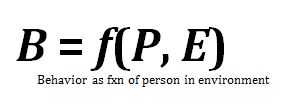
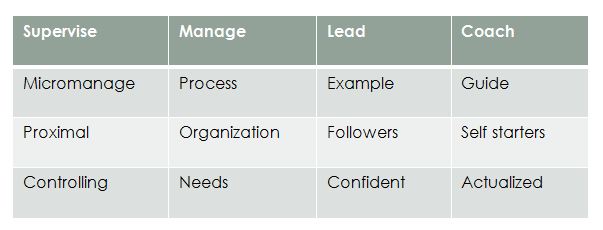
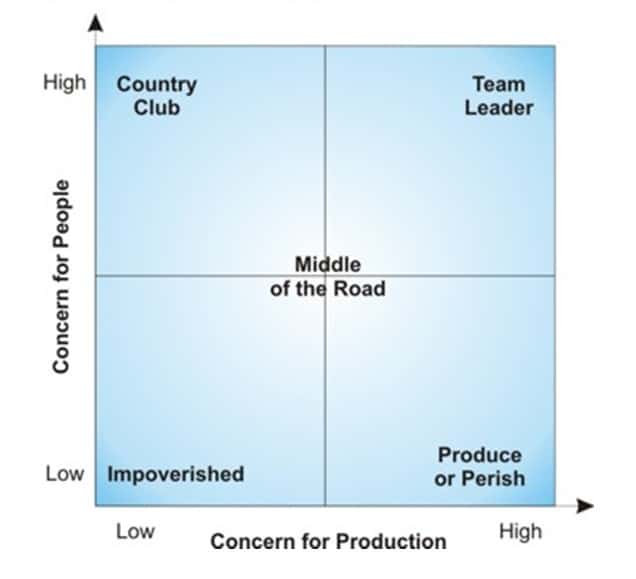

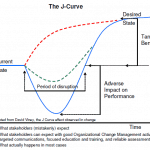

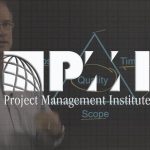
Pingback: PMP - Beyond Self Actualization: Leading Change - Part 3 Project Management
Pingback: PMP - Beyond Self Actualization: Leading Change